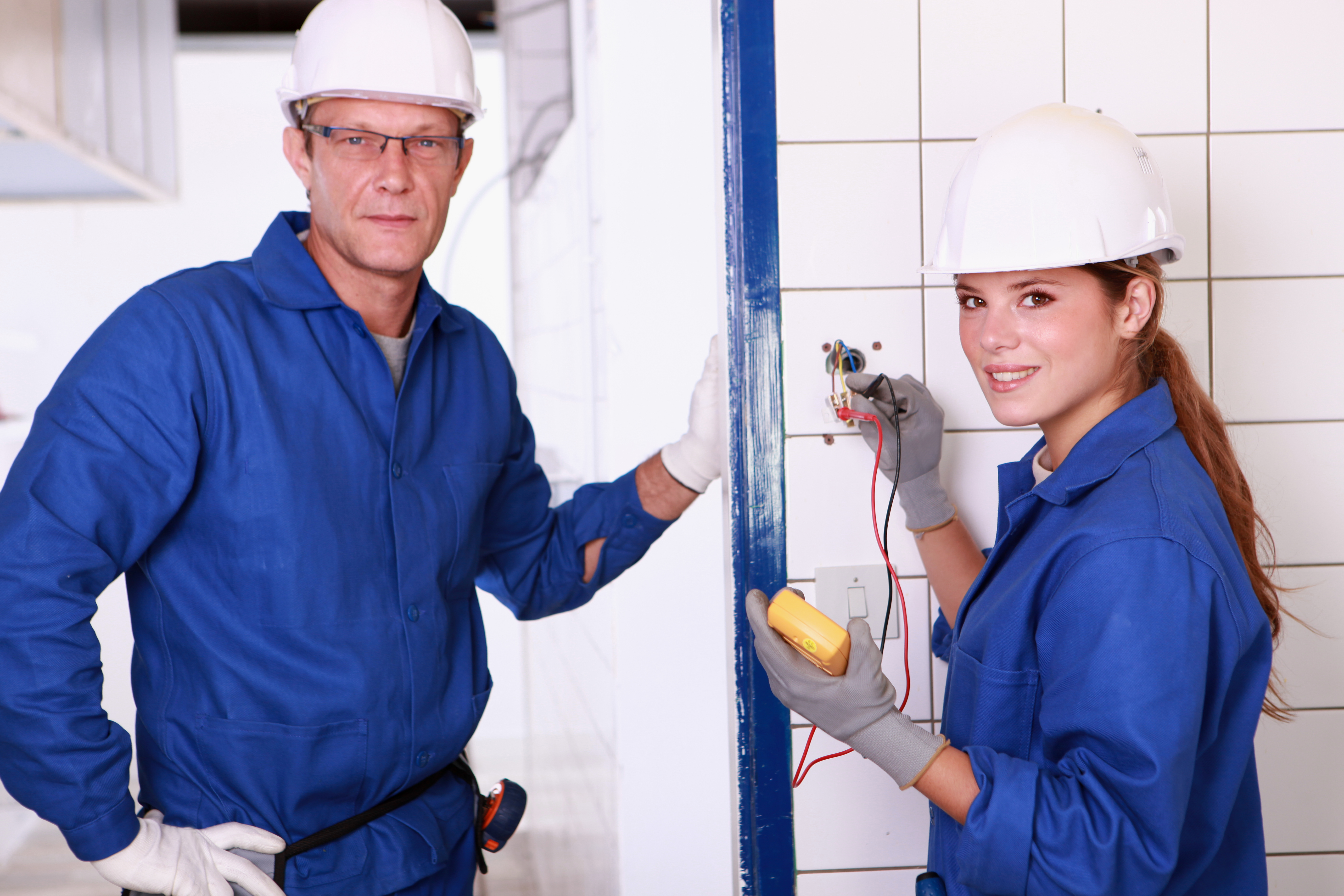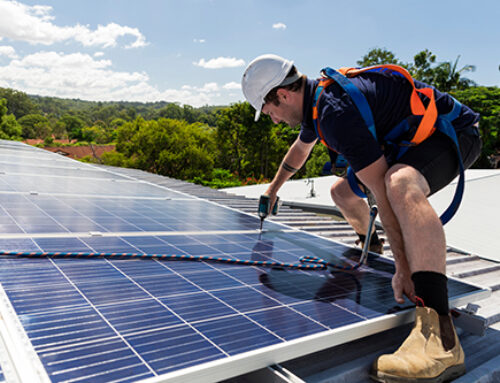A young worker has sustained serious injuries following an electric shock incident at a residential construction site. The incident occurred while the worker was assisting an electrical contractor with the installation of new wiring underneath the house, in what appeared to be a crawl space.
Preliminary investigations reveal that the worker contacted an exposed, energised cable, resulting in a significant electric shock. The exact circumstances leading to the incident are still under investigation, and these initial findings have yet to be confirmed.
Potential safety issues
Electric shocks can have severe consequences, including muscular contractions, heart palpitations, nausea, cardiac arrest, breathing arrest, burns, and cellular damage. Additional injuries can occur if the individual is working from heights, such as on roofs, ladders, or scaffolding. Common electrical risks include direct or indirect contact with live terminals, faults in earthed enclosures, fire, arcing, explosions, and exposure to toxic gases.
Working in confined spaces, such as crawl spaces under houses, poses additional risks. It is essential to understand and manage these hazards effectively before entering such areas.
Risk management in the workplace
Effective risk management starts with a strong commitment to health and safety from business managers. Compliance with the Electrical Safety Act 2002 and the Work Health and Safety Act 2011 is mandatory. The hierarchy of controls, a step-by-step approach to eliminating or reducing risks, should be used to manage workplace hazards.
Employers must ensure all electrical circuits within the work area are isolated and locked out before entry. Conduct a thorough risk assessment and implement controls to manage potential risks. Workers are required to take reasonable care for their own safety and the safety of others, comply with safety instructions, and use provided equipment correctly.
Control measures to prevent similar incidents
To prevent incidents like this, employers and business owners must:
- Turn off power: Isolate power at the main switchboard and confirm adequate isolation. Consider all circuits, including those with separate switches, and perform a pre-work risk assessment to identify hazards.
- Perform risk assessments: Identify risks such as high temperatures, asbestos, structural stability, and the presence of electrical cables. Even with the power off, avoid contact with cables that may still be live.
- Ensure visibility and communication: Ensure someone knows where you are working and maintain communication. Have a rescue plan in place, use additional lighting, and stay hydrated.
- Provide training: Employers must develop safe work practices, provide appropriate training, and ensure workers follow procedures. This includes training on isolation procedures, job-specific risks, emergency responses, and first aid.
Young worker safety
Employers must protect young workers from both physical and psychological hazards. This includes understanding their risk profile, ensuring a safe work environment, and providing adequate training and supervision. The ‘Tell me, show me, watch me’ approach is recommended for task-specific inductions.
Regularly review and adjust safety controls to ensure their effectiveness.
Our thoughts are with the injured worker and their family during this challenging time. As investigations continue, it is crucial for all businesses to prioritise safety and ensure robust measures are in place to prevent such incidents.
If you need advice regarding safety or safety incidents, contact the MEA Safety hotline on 1300 889 198. Master Electricians have free, unlimited access to this service.




